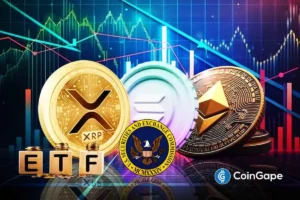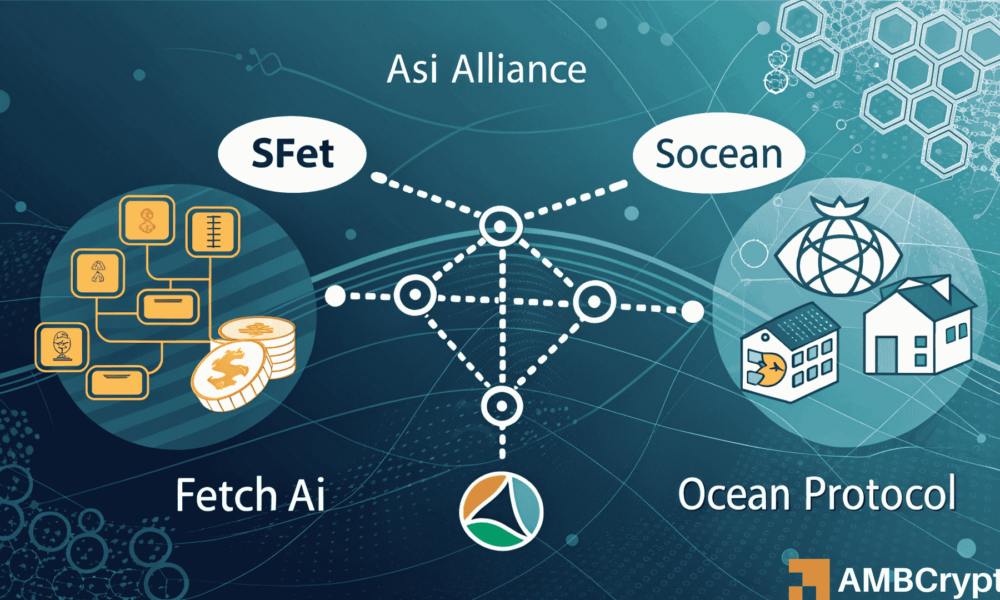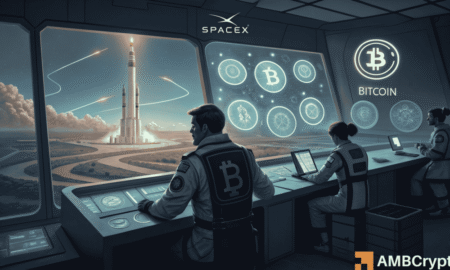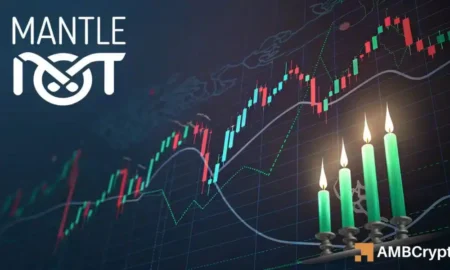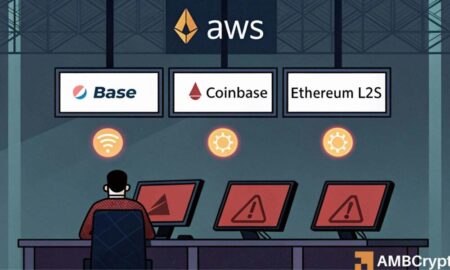Ocean Protocol vs Fetch.AI: Fallout in the ASI Alliance
Recent events in the crypto space have unveiled significant tensions within the Artificial Superintelligence (ASI) alliance, primarily between Ocean Protocol and Fetch.AI. On-chain analytics suggest that Ocean Protocol converted a staggering 661 million $OCEAN tokens into $FET, sparking accusations of misconduct and accusations of a potential “rug pull.” This article aims to recapitulate these developments with an SEO-friendly focus on the implications for cryptocurrency transparency and community trust.
The Token Conversion Controversy
On July 1, a multisig wallet associated with Ocean Protocol converted 661 million $OCEAN tokens into approximately 286 million $FET. At the time of conversion, the total worth was about $191 million, according to data from the analytics firm Bubblemaps. Following the conversion, the multisig wallet distributed around 196 million FET across 30 new addresses, with a significant portion later sent to decentralized exchanges like Binance and OTC provider GSR Markets. Overall, data indicates that roughly 270 million FET, worth around $120 million, eventually found their way to centralized exchanges, a maneuver often linked to liquidation or even market manipulation.
Internal Turmoil in the ASI Alliance
The ASI alliance, which brought together Ocean Protocol, Fetch.AI, and SingularityNET in early 2024 under a shared $FET framework, faced serious fractures following Ocean Protocol’s announcement on October 9 to withdraw from the alliance. This move allowed $OCEAN to be “de-pegged and relisted on exchanges," raising eyebrows within the crypto community. Notably, Ocean Protocol maintained control over 51% of its $OCEAN supply, which had been earmarked for community incentives and data farming. The sudden withdrawal created speculation among investors regarding the motives behind the token transfers, further straining relationships within the alliance.
Accusations of Misconduct
Fetch.AI’s CEO, Humayun Sheikh, openly criticized Ocean Protocol, alleging that their actions amounted to selling off community tokens. He stated that if such behavior was undertaken by any independent project, it would be deemed a rug pull. In response, Ocean Protocol co-founder Bruce Pon dismissed these allegations as “unfounded and baseless rumors,” asserting that the organization was preparing a formal response while hinting at impending legal actions. Bubblemaps, while unable to confirm if the transfers were indeed sales, noted that such activities are “typically associated with liquidation,” adding another layer of complexity to the situation.
Market Reaction and Token Valuation
The repercussions of this controversy were immediate, as Fetch.AI’s FET token plummeted by over 52% between October 9 and October 21, falling from $0.55 to approximately $0.27. Conversely, Ocean Protocol’s OCEAN token rebounded during the same timeframe, recovering from a low of $0.25 to $0.30. The relative stability of OCEAN compared to the struggles faced by FET indicates a potential shift in investor sentiment, as many may view Ocean’s withdrawal and subsequent actions as a way to assert its independence in a tumultuous market.
The Need for Transparency
As legal maneuvers and governance issues unfold, both Ocean Protocol and Fetch.AI find themselves under immense scrutiny to provide clear information regarding token allocations and movements on-chain. The ASI alliance, once touted as a groundbreaking collaboration in decentralized AI, now serves as a case study for how partnerships in the Web3 space manage trust and accountability. Transparency has never been more crucial, especially in an environment where community trust can drastically influence market dynamics and user engagement.
The Future of the ASI Alliance
While the short-term future of both Ocean Protocol and Fetch.AI appears fraught with challenges, the long-term implications of this discord could lead to a reboot of the ASI alliance or even the establishment of new frameworks for collaboration. It remains to be seen how both teams will navigate these turbulent waters, but the pressing demand for accountability may catalyze changes in governance structures within decentralized projects. As more stakeholders advocate for transparency, the lessons learned from this debacle could shape the direction of future collaborations in the cryptocurrency world.
In conclusion, the current crisis within the ASI alliance raises essential questions about trust, governance, and market behavior in a rapidly evolving blockchain landscape. As the dust settles and both parties seek to clarify their positions, the outcome of this situation may offer invaluable insights into the future of decentralized project cooperation.


